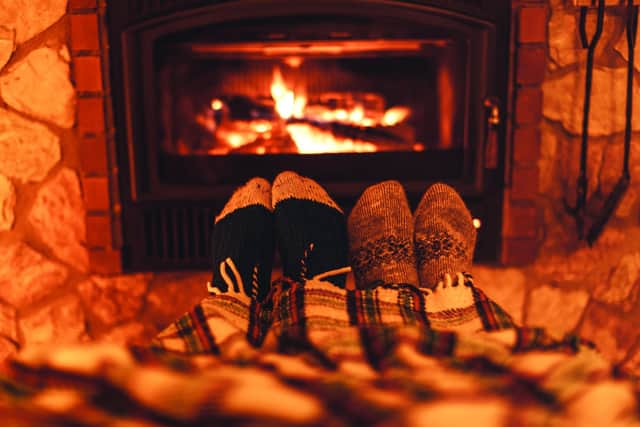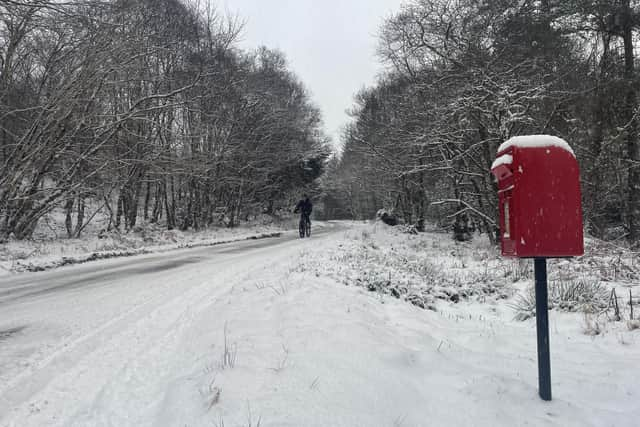Should open fires and wood stoves be allowed to stay in some new-builds in Scotland?
Holing up in a remote cottage with breath-taking landscapes as far as the eye can see and only wildlife for company, growing your own food, hand-crafting all your worldly goods and musing at the wonders of nature.
Yes, many of us would like to be living this dream. But while all the above can be true of off-grid living, the reality is existence can be tough. Sometimes very tough.
Advertisement
Hide AdAdvertisement
Hide AdAnd in Scotland you don’t have to travel far from an urban centre to be off-grid.
Almost a fifth of homes are not connected to the gas network, meaning they must rely on other fuel sources to keep warm – largely oil, liquid petroleum gas, coal and wood. But Scots living in the most remote locations face some of the harshest weather conditions, fewest services and highest costs for, well, pretty much everything.
The secret to survival is to be resilient, adaptable and prepared. Growing up in the north-west Highlands, I learnt this for myself.
My parents joined a growing ‘self-build’ trend when they purchased their first home in the 1970s.


Created using a Norwegian-designed timber-framed ‘kit’, the house ticked a lot of boxes – it was modern, energy-efficient, relatively quick and cheap to erect and could be tweaked to suit personal tastes.
It had cavity walls, loft insulation and central heating – powered by an open fire with a back boiler to heat the water.
There was an electric cooker in the fully fitted kitchen, but they also put in a solid-fuel Raeburn to provide warmth and back-up cooking facilities in the event of a power cut (note: this should not be used to dry your school shoes, as the soles will melt).


With all this, a few boxes of candles and some tinned goods, we felt ready for virtually anything. And most of the time, even when the electricity lines went down in a storm and our water pipes froze in the coldest winters, we got by pretty well.
Advertisement
Hide AdAdvertisement
Hide AdOver the years my folks have modified their set-up, removing the “dirty” Raeburn, switching to an oil-fired system and fitting a hob run on bottled gas. But the focus is still on ensuring they have options and don’t depend entirely on a single source of power.
So I can sympathise with concerns over Scotland’s new construction standards, which outlaw “direct emission” heating systems in new buildings.
This means open fires, oil and gas boilers and wood-burning stoves will be banned, except in special cases, forcing a move to low-carbon alternatives such as heat pumps or district heat networks.
Fears have been raised over the impact on remote communities, which already suffer some of the highest rates of fuel poverty in the country as well as shortages of affordable housing.
But the high cost of heat pump systems is a barrier to their uptake. I was told it would set me back around £15,000 to convert my own pretty modest, but draughty flat, if logistics had not ruled it out.
Home heating accounts for about a fifth of Scotland’s climate emissions, so ditching fossil fuels is good for the environment. But we need solutions that are affordable, effective and leave nobody out in the cold.
Comments
Want to join the conversation? Please or to comment on this article.